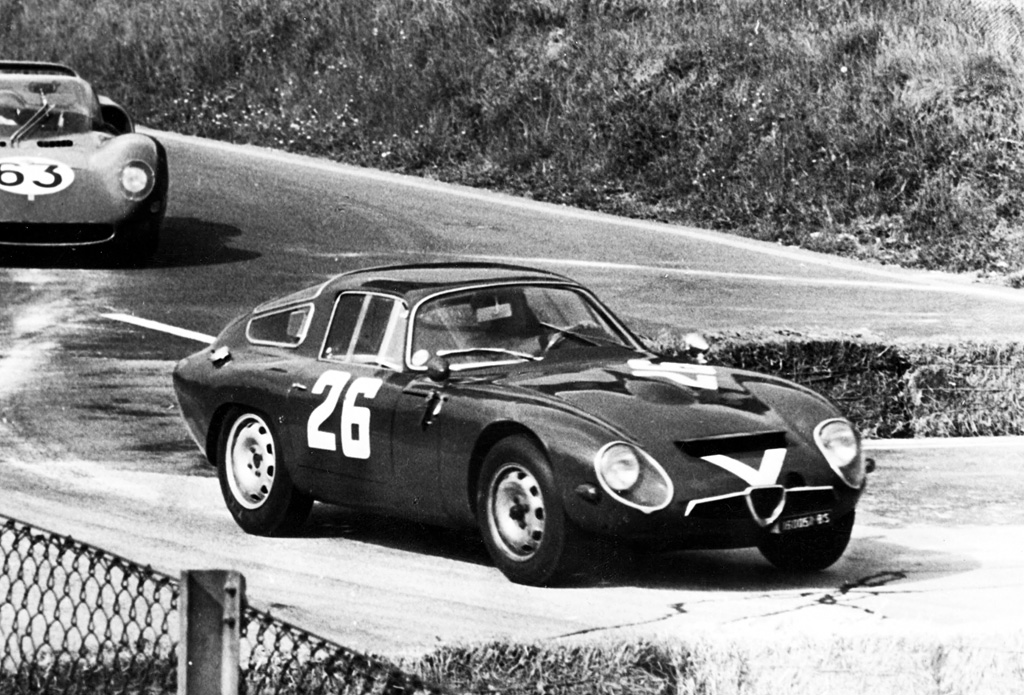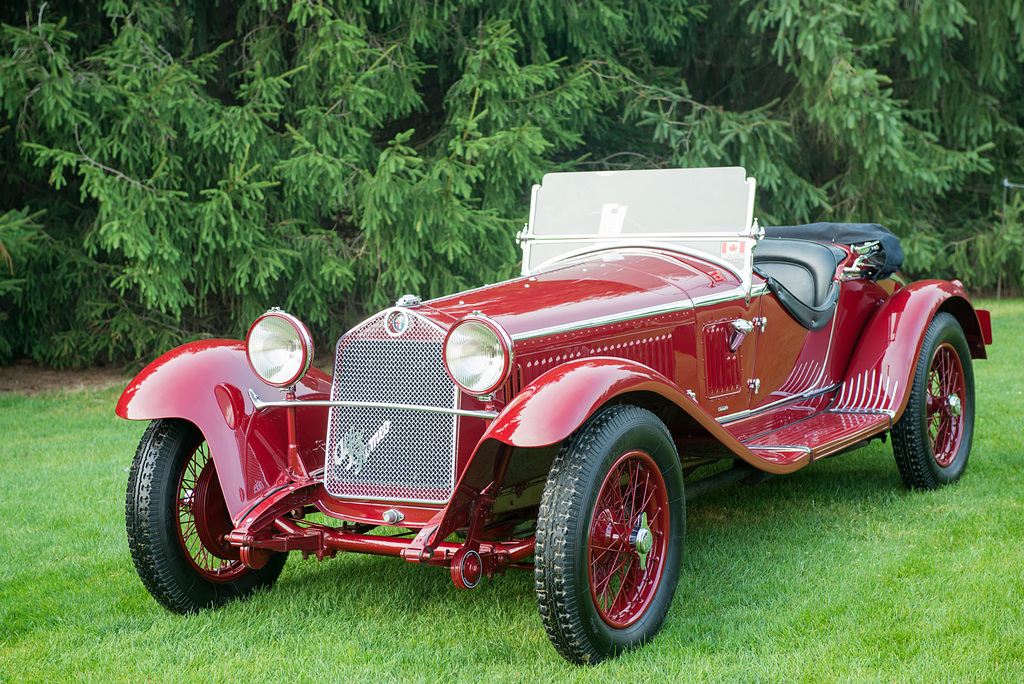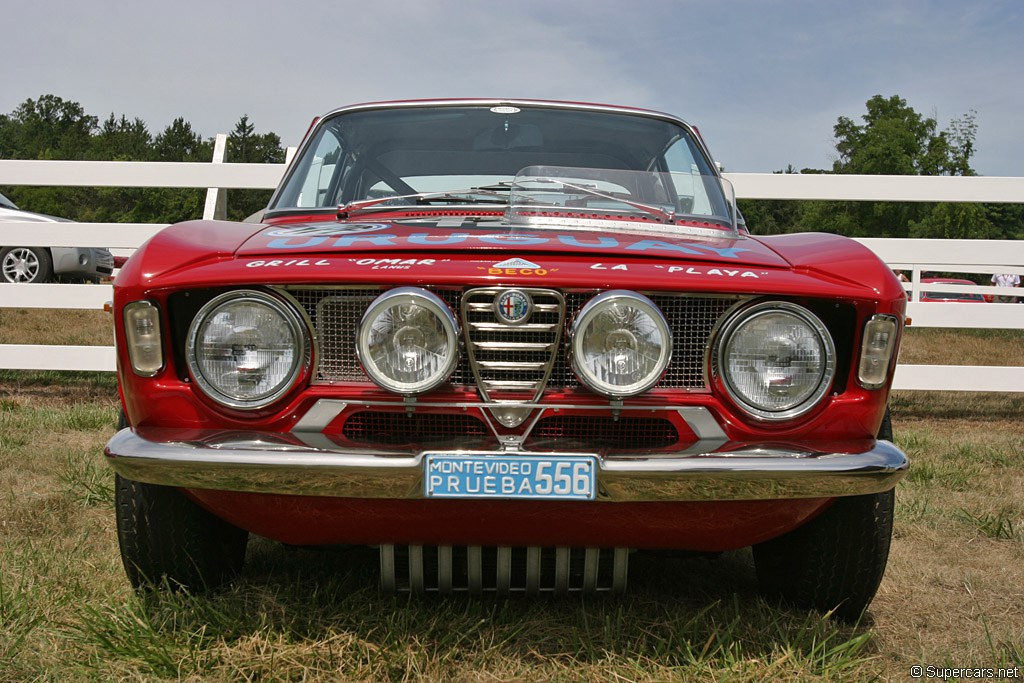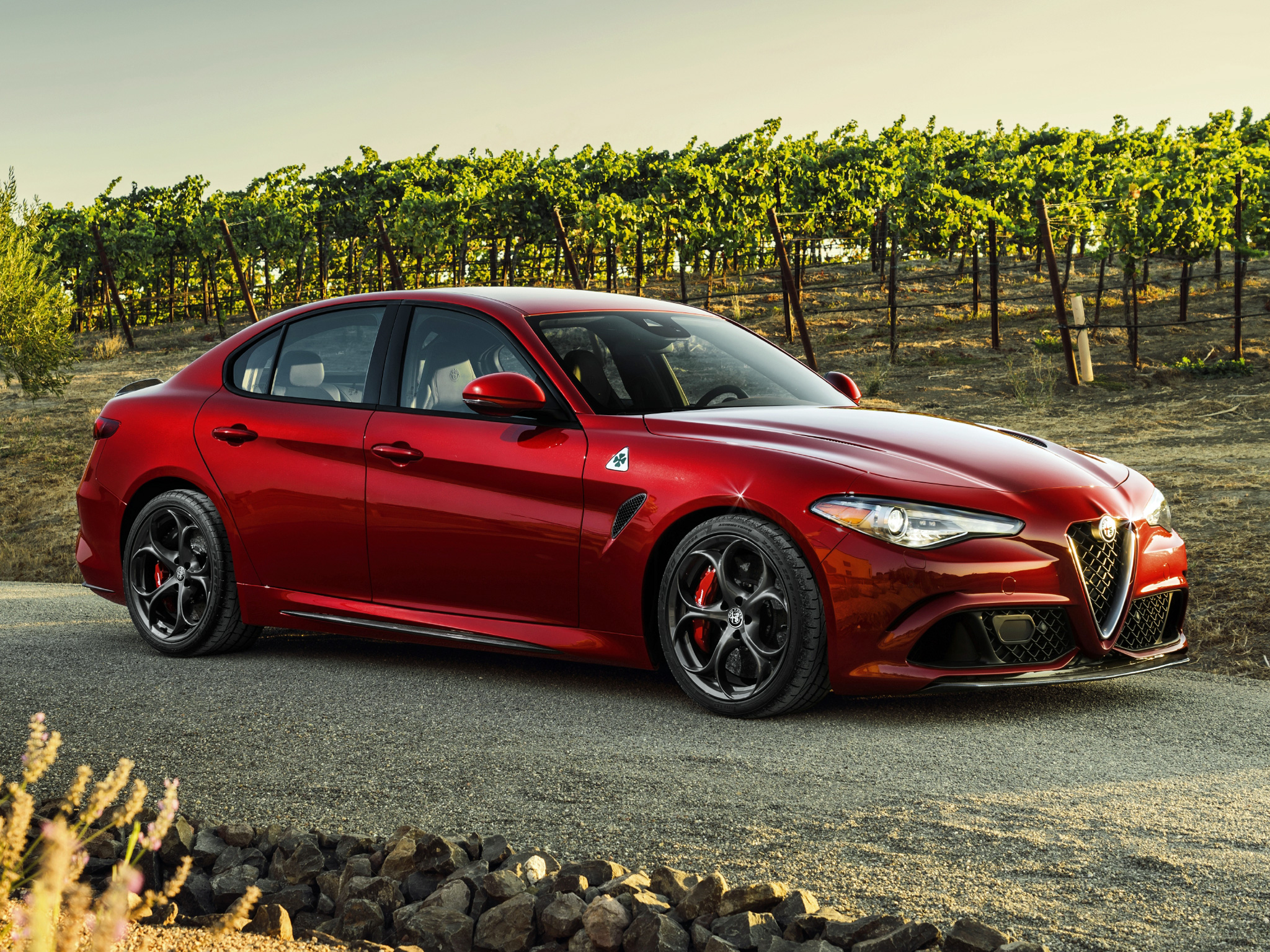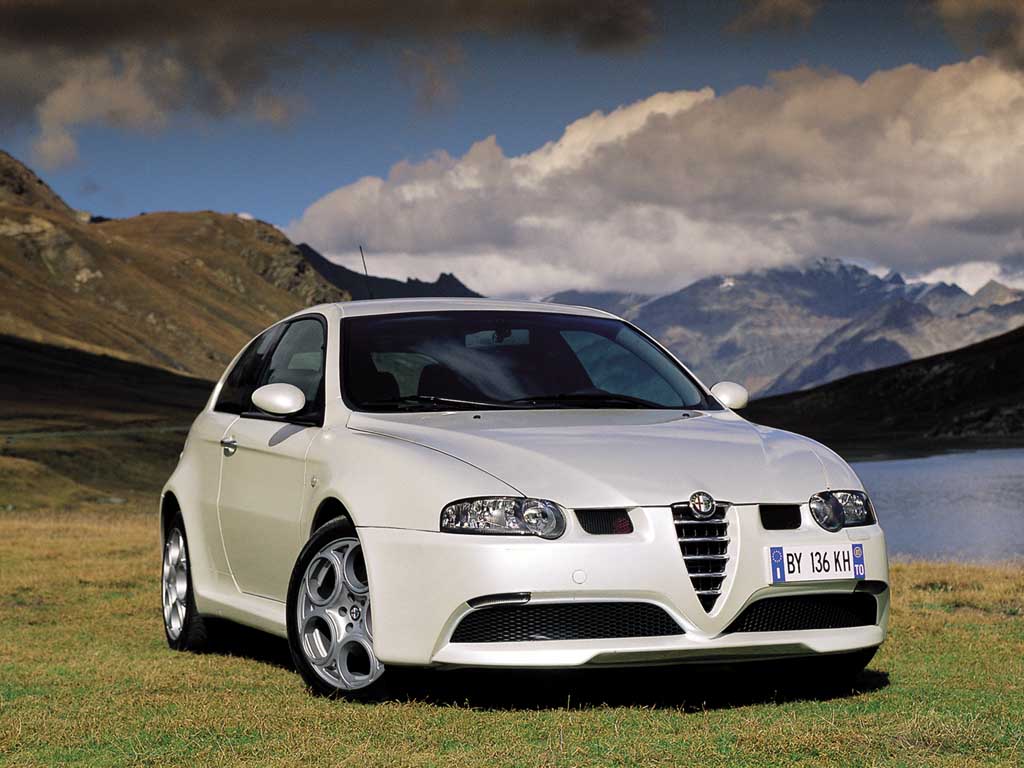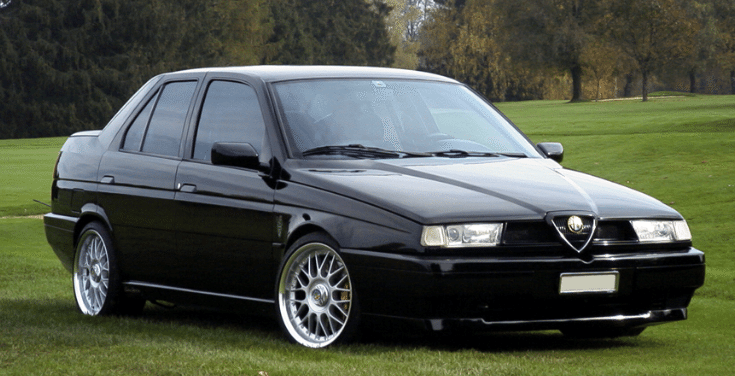The Best Alfa Romeos Ever
On This Page
The Alfa Romeo Icons
Greatest Alfas In Recent History
Best Alfa Romeo Race Cars
Alfa Romeo has a reputation for making stylish cars which are great to drive. Unfortunately for Alfa, that reputation comes from cars built a long time ago. More recently the company has struggled to get enthusiasts excited.
Make no mistake, Alfa Romeo has built some amazing cars. They’ve given us some very memorable cars in 100 years of existence, with names like Alfetta, 8C2900, P3, Stradale, Tubolare Zagato, 6C1750, Duetto and Disco Volante – making Alfa Romeo the romantic car maker we all love.
There is hope for a rejuvenated Alfa Romeo.
In fact, the latest car that came from the Alfa Romeo production line is one that has us all excited. The Alfa Romeo Giulia Quadrifoglio with its stonking 503bhp V6, sharp steering and balanced handling looks like it is going to be a class leader.
See All Alfa Romeo Cars and keep up to date with all Alfa Romeo Cars, News & Updates.
We broke up the list into Alfa Romeo Icons, the Greatest Alfa Romeos In Recent History and the Best Alfa Romeo Race Cars. Use the comments are to let us know if you agree with our choices or whether you think we got something wrong.
The Alfa Romeo Icons
Alfa Romeo 1952 Disco Volante
The product of a request from the US for an Alfa barchetta sports racer, the Disco Volante was loosely based on the 2000 saloon’s humble underpinnings. The design was very uncommon for the era, with its rounded fenders, low slung profile and convex tail. In many ways this aerodynamic shape predated the Jaguar D-Type which would shared many of the Disco Volante’s lines. Powering all the Disco Volante variants was a revised version of the four-cylinder engine found in the Alfa Romeo 1900. It was light alloy rather than iron.
1954 Alfa Romeo 2000 Sportiva
Essentially a concept car, only four show cars were completed including two convertible examples. Designed by Scaglione for Bertone in the early 1950s, it featured a tubular space frame and a hot version of the DOHC engine sourced from Alfa’s immediate post-war family saloon, the 1900.
1967 Alfa Romeo T33/2 Stradale Prototipo
The competition Alfa Romeo 33s starred in Sports Prototype racing for nearly a decade, eventually bringing the World Constructors’ Championship to Alfa. The 1967 33 Coupe Stradale used a version of the same V8 engine. This streamlined coupe, designed by Franco Scaglione, sits very low on the road, being less than a metre high. Only 18 examples were ever produced.
Alfa Romeo V8 Montreal
Built as a 2+2 coupé, the Montreal was distinguished by its front headlight treatment by designer Marcello Gandini at Bertone. The first two prototypes were powered by an inline-4 from the Alfa Romeo Giulia, but the production version was much more serious. Instead it was powered by 90° V8. Almost 4000 Montreals were produced from 1970 to 1977.
1935 Alfa Romeo Bimotore
Initiated by Scuderia Ferrari to take on Auto Union, the Bimotore featured a strait 8 in the nose and the tail. They both drove the rear wheels, but the tires couldn’t put the power down and they tended to destroy themselves every time they went out onto the track.
1968 Alfa Romeo T33/2 ‘Daytona’
Alfa Romeo heavily revised the T33 with their first major revision. These new cars, called T33/2, Mk II or Series 2, had substantially different bodywork that was available in both short and long tail configurations. All the short tail cars were referred to as ‘Daytona’ in either coupe or spyder form. For Le Mans, Alfa Romeo fitted new long-tail bodywork with small fins near the trailing edge. This was meant to increase overall top speed to 300 kph and gave Alfa Romeo a chance to beat much larger competition such as the GT40. The factory cars placed 4th, 5th and 6th overall and won the 2-liter class.
1962 Alfa Romeo 2600 Pininfarina Speciale
First bodied as a spider ‘prototipo 621′, later as a coupé. This is a stunning car, one of the most proportionally correct Alfas ever made. Called the 2600 Sprint Speciale and was by Bertone, designed by Giugiaro.
1966 Alfa Romeo 1600 Duetto Spider
The Alfa Spider set the benchmark for Italian cars and driver cars alike, one of the most beautiful cars ever produced. Although the Duetto was only manufactured for three years, its rakish styling remained in vogue for decades, and revised forms of the car were produced through the 1990s. The sporty demeanor of the Duetto made it the chosen ride of Dustin Hoffman’s character Ben Braddock in the iconic 1967 movie The Graduate.
1928 Alfa Romeo 6C 1500 Sport
Alfa Romeo created the first Italian sports car with the design and manufacture of the 6C 1500. At the base level was a smooth running six-cylinder engine that used a single cast-iron block with integrated cylinder heads. It displaced 1486.6 cc and initially offered 46 bhp @ 4000 rpm which was more than ample for the car’s lightweight design. The model became Alfa Romeo’s most successful and underwent a stepwise evolution that eventually won all the great road races leading up to the immortal 2.9.
Alfa Romeo Alfasud
Back to the 1970s for the next one on the list and the immensely fun Alfasud. The Alfasud was the first front-wheel drive car made by Alfa Romeo, and made its debut in 1972. Given that Alfa had no experience in small front wheel drive cars, the sheer dynamic ability of the flat-four powered ‘Sud was a shock to the motoring world.
The car was especially fun in ‘Turismo Internatzionale’ form, pretty as a twin-carb Sprint Veloce coupe, and gave Golf GTis a run for their money in later Quadrifoglio Verde specification. But even base models proved rewarding for the average motoring enthusiast, with responsive controls and plenty of grip. Reasonable pricing also made it accessible where previous Alfa Romeos hadn’t been.
1961 Alfa Romeo Giulietta SZ
Unquestionably one of the most desirable Alfa Romeos ever made, the Giulietta Sprint Zagato. Because of its small size (it weighed just 770kg) and aluminum bodywork, the SZ was much faster than its steel-bodied production counterparts. The 1.3-litre engine pushed the SZ to a top speed of 120mph. Pictured above is one of the last 30 Sprint Zagatos. It featured the ‘Coda Tronca’ bodywork. The entire body was much longer, and was designed to penetrate the air better. Detail changes included a cut-off Kamm tail, narrower front air intake, a lower roof and the use of disc brakes up front.
1955 Alfa Romeo 750 Competizione
“This concept first developed through collaboration between Alfa Romeo and Abarth-Boano on a box-type sheet metal chassis conceived by Abarth. The car was built as a roadster and tested, but due to technical problems which came to light during the tests, Alfa gradually lost interest in it.” The car was powered by a long stroke Inline-4 that wasn’t too far off Alfa’s pre-war designs.
1963 Alfa Romeo Giulia TZ
The Tubolare Zagato (TZ) was conceived in 1959 to replace the SZ using most of the Giulia series assemblies, but with a radical tubular space frame chassis and lightweight Zagato body. These advanced traits made the TZ much more purpose-built for racing than the standard Giulia. Zagatos lightweight aluminum bodies were ideally suited for the TZ’s advanced chassis. Their recent advances in aerodynamics led the inclusion of a Kamm Tail which helped raise stability without introducing drag.
1930 Alfa Romeo 6C 1750 Gran Turismo
Built for road-going clientele, Alfa Romeo offered the Gran Turismo, a detuned version of their successful Gran Sport race car. Having the same DOHC engine, the Gran Turismo was a high specification road car that shadowed performance of the Mille Miglia-winning 1750. This model first appeared in 1929 as the 6C 1750 Sport and was renamed Gran Turismo for the 4th and 5th-series cars.
Alfa Romeo 75 Turbo Evoluzione
500 examples of the Turbo Evoluzione were produced in spring 1987 to meet Group A requirements. The car had many modifications compared to the normal turbo model. The engine was down-sleeved to 1,762 cc (normally 1,779 cc) and while the claimed power is the same as in the standard turbo, this engine is better suited for power upgrades than the standard 75 Turbo engine.
1965 Alfa Romeo Giulia GTA
In road going form its 113bhp output made it competitive with its on-track rival, the Lotus Cortina – while race versions produced not far short of 170bhp. The real beauty of this car was the lightweight nature of the car, including aluminium body parts, lightweight magnesium wheels. In its opening race at Monza in 1966, GTAs occupied the first seven places, driver Andrea De Adamich claiming the title that season in his GTA. Further success followed in touring car series across the world.
Greatest Alfa Romeos (In Recent History)
Alfa Romeo Giulia Quadrifoglio
The last Alfa may be one of the greatest. People like Chris Harris have declared “I think I want one” that says a lot. It has a very special 2.9-litre V6 with 503bhp and 443lb ft. The smooth V6 engine, sharp steering and balanced handling make this a very impressive return to form for Alfa.
2003 Alfa Romeo 147 GTA
In the early 2000s, Alfa released a unique small car for segment. Forgoing turbocharging (which at the time was very popular) the 147 GTA had 3.2-litre, 24-valve and naturally-aspirated V6. With 247bhp and 221lb ft of torque, it was the most powerful and fastest car in its class. Other hot hatches could match its straight line speed but no rival came close to that epic engine noise. Not to mention outstanding dynamism, ride and handling.
Alfa Romeo 155 Q4
The 155 was the first Alfa produced after the company was taken over by Fiat and it sucked. However, there was one exception, 155 Q4. It had a 2.0-litre turbocharged engine and a permanent four-wheel drive powertrain, both derived from the Lancia Delta Integrale; it was essentially a Lancia Delta Integrale with a different body.
The new model came in “Sport” and “Super” guises. The Sport had a slightly lowered ride height and more aggressive dampers while the Super had the option of wooden trim and electronically controlled dampers and seat controls.
Alfa Romeo 159
An Alfa for the masses, the 159 was a compact executive car that arrived in 2005 as a replacement for the 156. It looked stylish and very Italian, a fresh look when compared to the German sameness from Mercedes and Audi.
Alfa Romeo 147 GTA
The Alfa Romeo 147 GTA had an awesome 3.2-litre, 247bhp V6 in a small package. This car was very powerful in its class when launched. The Alfa didn’t even bother with a limited-slip differential in the front-wheel drive 147. Got to love Alfa.
Alfa Romeo 8C Competizione
The Alfa Romeo 8C Competizione is a beautiful car. Only 500 were made. It had a 450bhp V8-Maserati engine, and with that gorgeous styling was quickly sold out. The 8C was predictably a fiery and fun car to drive, albeit not as dynamically polished as its contemporaries and capable of biting should you abuse its sharp responses.
Alfa Romeo 4C
So this one wasn’t a slam dunk to make the list of best recent Alfa Romeos. It sounded amazing on paper with it’s exotic carbon fiber body, light weight and mid-engine layout. Dynamically it missed the mark. The interior is terrible, it’s uncomfortable, doesn’t sound particularly nice and is unnecessarily tricky to drive quickly. So why is it here? Alfa built it. They went out and designed a truly beautiful car that pushed the envelope. Much like the 8C it was a step in the right direction.
Alfa Romeo GTV6
The Alfa Romeo GTV6 was a GTV with the SOHC V6 2.5 L engine. As a result, the hood received a bulge to clear the top of the intake and became its most pronounced feature. The V6 received rave reviews from the motoring press, which had previously lambasted the same engine in the Alfa 6 because of the carburettor problems. It found its true home in the GTV6 Gran Turismo body where it could stretch its legs better than in the less sporting Alfa 6 saloon. The GTV6 was a very successful racing car; the 116 type chassis developed for racing since its first outing in the 1974 San Martino di Castrozza rallye. The racing successes included winning the European Touring Car Championship an unprecedented four years in succession (1982–85).
1990 Alfa Romeo SZ
A few Alfa Romeos have carried the name SZ, for ‘Sprint Zagato’, but only one has also borne the nickname, ‘Il mostro’. Italian for ‘the monster’, it doesn’t take more than a glance to figure out why. With a transaxle layout, it was powered by the Alfa 75’s 3.0 V6 it had a menacing exhaust sound and a 0-60 time of 7-seconds. Handling was precise too (not something that could be said for other Alfa’s of the era).
Best Alfa Romeo Race Cars
During its history, Alfa Romeo has competed successfully in many different categories of motorsport, including Grand Prix motor racing, Formula One, sportscar racing, touring car racing and rallies. They have competed both as a constructor and an engine supplier, via works entries (usually under the name Alfa Corse or Autodelta) and private entries. The first racing car was made in 1913, three years after the foundation of A.L.F.A., the 40-60HP had 6 liter straight-4 engine. Alfa Romeo quickly gained a good name in motorsport and gave a sporty image to the whole marque.
Alfa Romeo started motor racing almost immediately after it was founded and over the years has racked up some impressive championships across almost every type of motor racing category. Some major championships include:
- 5 World Championships (1925, 1950, 1951, 1975, 1977)
- 11 Mille Miglia (1928,1929,1930,1932,1933,1934,1935,1936,1937,1938,1947)
- 10 Targa Florio (1923,1930,1931,1932,1933,1934,1935,1950,1971,1975)
- 4 24 Hours of Le Mans (1931, 1932, 1933, 1934)
- 17 European Touring Car Championships
With racing in mind, here are some of our favorite Alfa Romeo race cars:
Alfa Romeo 8C 2300 Monza
A winner at Le Mans in 1931 and 1934, a version of this Vittorio Jano-designed car was also successful in the 1931 Italian Grand Prix taking first and second places with the Nuvolari-Campari and Borzacchini-Minoia partnerships in the driving seat, and earning itself the nickname ‘Monza’ in the process. This is one of the firm’s most highly-regarded vintage models. It was nicknamed the ‘Monza’ after driver pairings Nuvolari and Campari, and Borzacchini and Minoia took the first two places at the 1931 Grand Prix at Monza.
The engine was a 2.5-litre supercharged, double overhead cam, inline 8-cylinder. Capable of producing 178bhp, and coupled with a very light body, the car was a force to be reckoned with in the 1930s. Those lucky enough to own an example still extol its handling and performance to this day.
1993 Alfa Romeo 155 V6 TI
The 155s DTM title in 1993 remains one of motorsport’s greatest upsets. Based on the front-wheel-drive 155 production saloon, the much-modified 155 V6 TI had dry-sump lubrication, lightweight internals and titanium inlet valves. The result was 420hp. Add a race-bred four wheel drive and only 1,100kg to lug around and this car shocked the DTM World. In the first season Nicola Larini won half of all the races outright, and placed first overall in the series.
Alfa Romeo 158/159 Alfetta
The Alfa Romeo 158/159, also known as the Alfetta was one of the most successful racing cars ever produced. The 158 and 159 took 47 wins from 54 Grands Prix entered. They had 1.5 litre straight-8 supercharged engines. Following World War II, the car was eligible for the new Formula One introduced in 1947. In the hands of drivers such as Nino Farina, Juan-Manuel Fangio and Luigi Fagioli, it dominated the first two seasons of the World Championship of Drivers.
Brabham-Alfa Romeo BT46
The BT46B was known as the Fan Car. After a year of experimenting with the idea, Colin Chapman produced in the Lotus 79 the first great racing car built on the principle of ground effects. Gordon Murray at Brabham was probably the first rival designer to understand the genius of the Lotus 79, but unlike the slender Cosworth V8 engine used in the Lotus, his Brabhams were powered by pancake-shaped Alfa Romeo flat-12’s. Murray being Murray, he devised an ingenious trick.
Since he couldn’t lower the pressure underneath the car by airflow, using fans to suck the air from beneath. In what would prove to be the car’s only outing, Niki Lauda and John Watson started the 1978 Swedish Grand Prix behind Andretti’s Lotus. Lauda was immediately on Andretti’s tail after the start and passed him with a dominant move and moved into a lead he would never relinquish, winning the race by over half a minute.


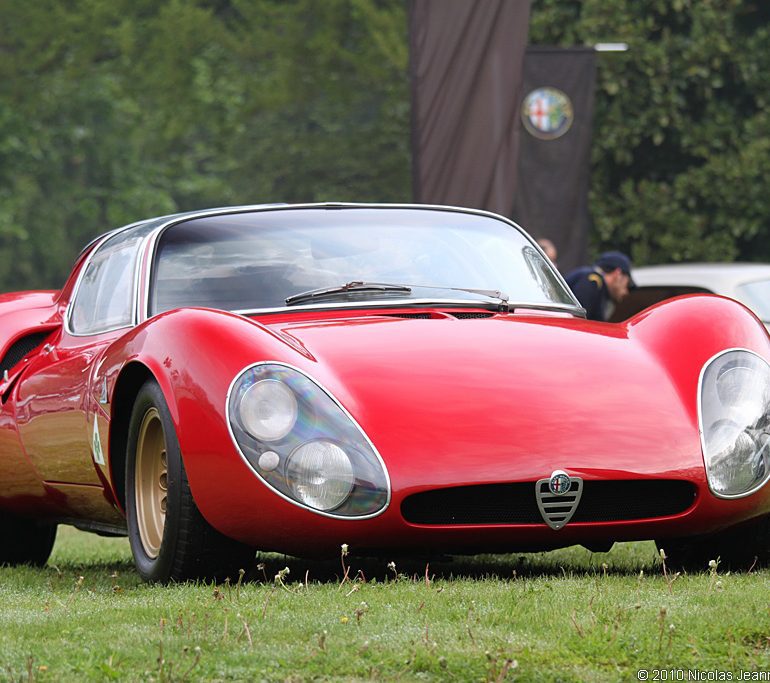

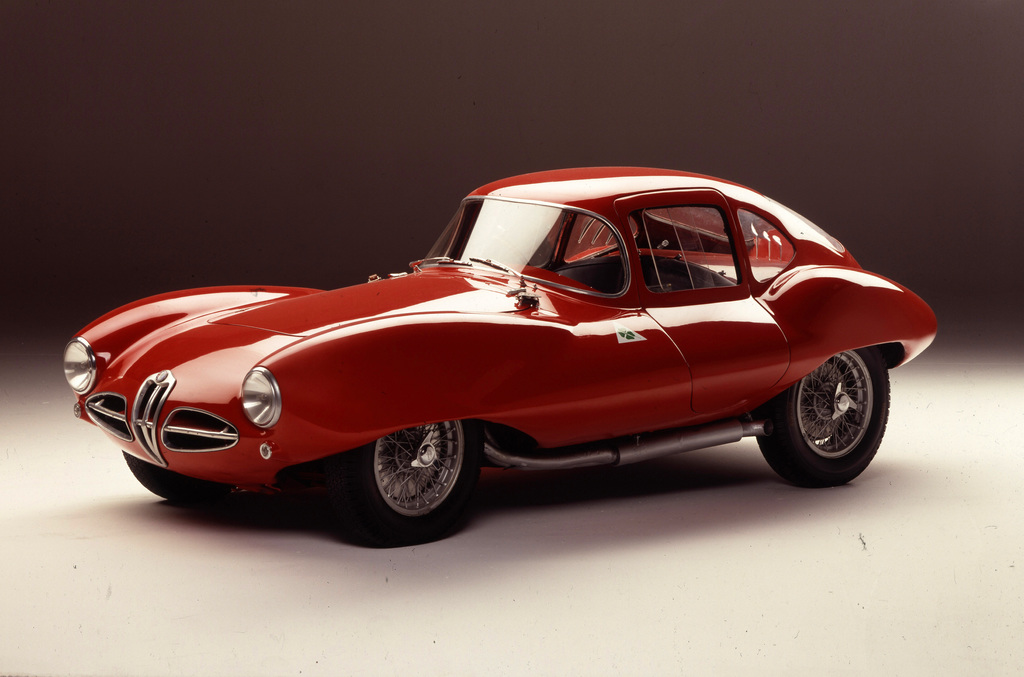
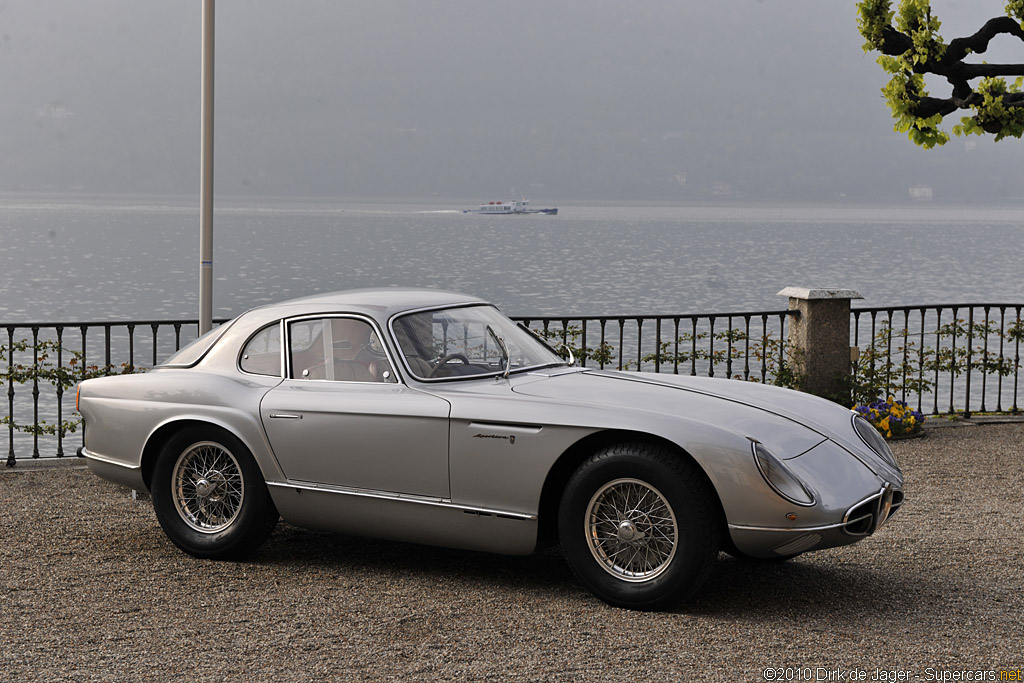
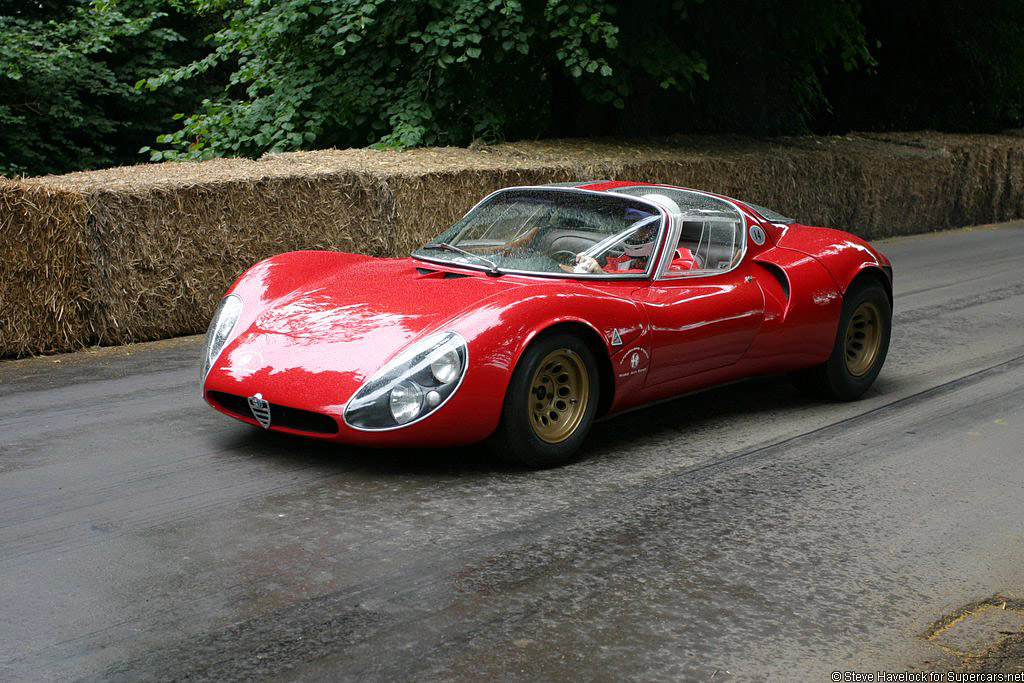
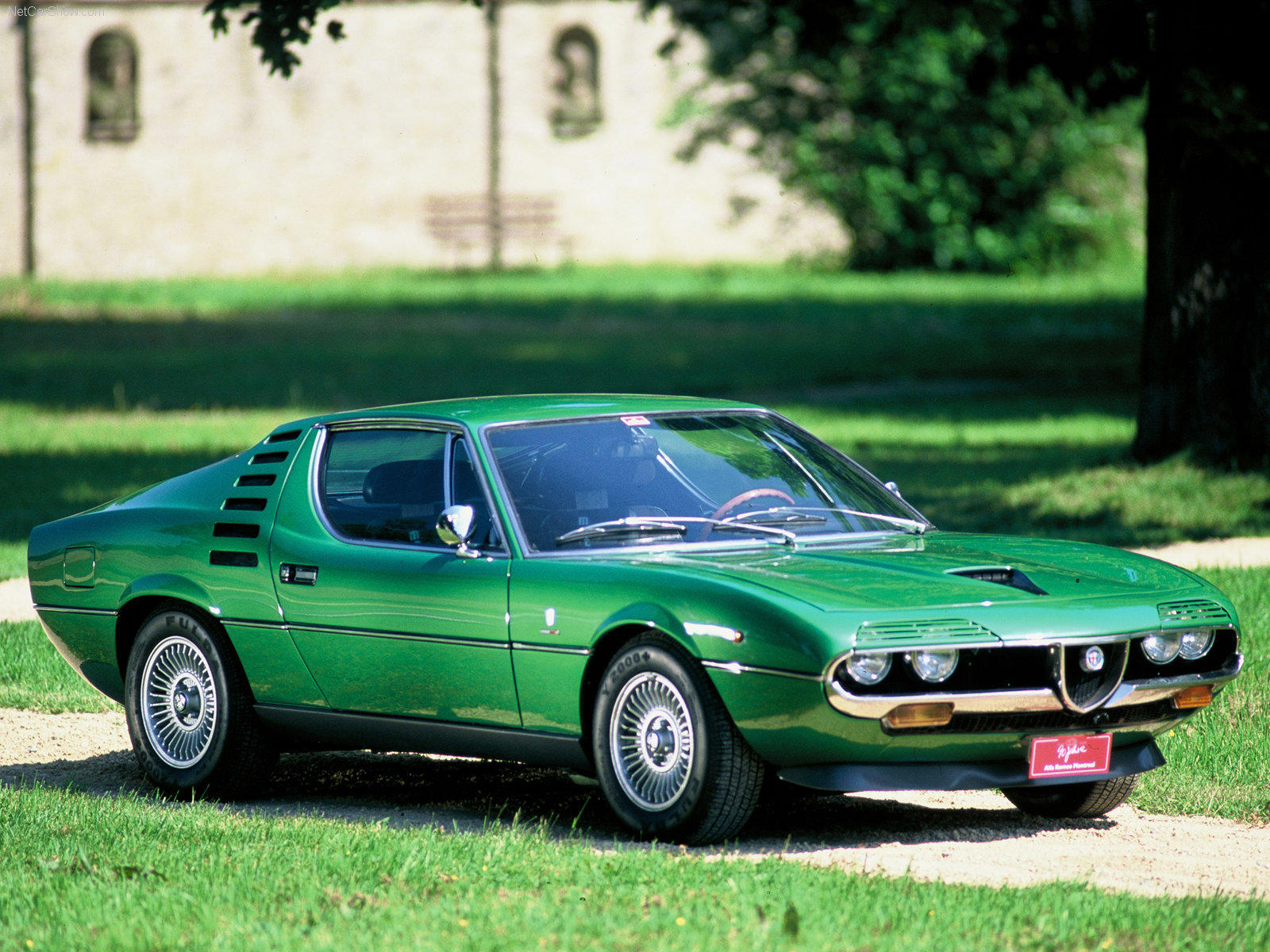
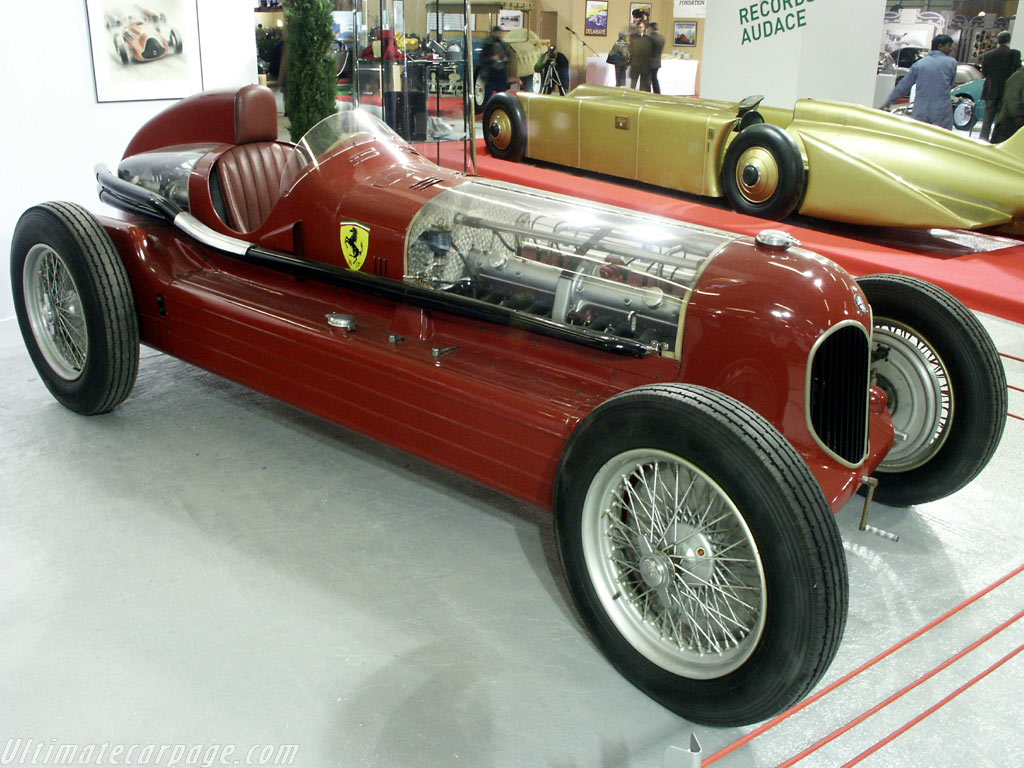
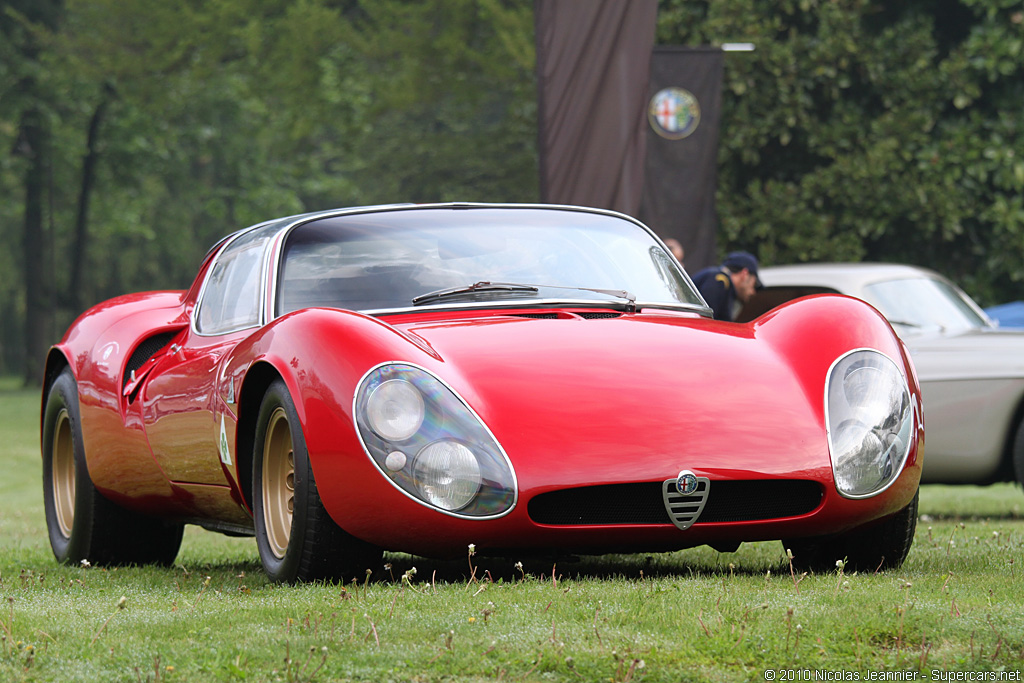
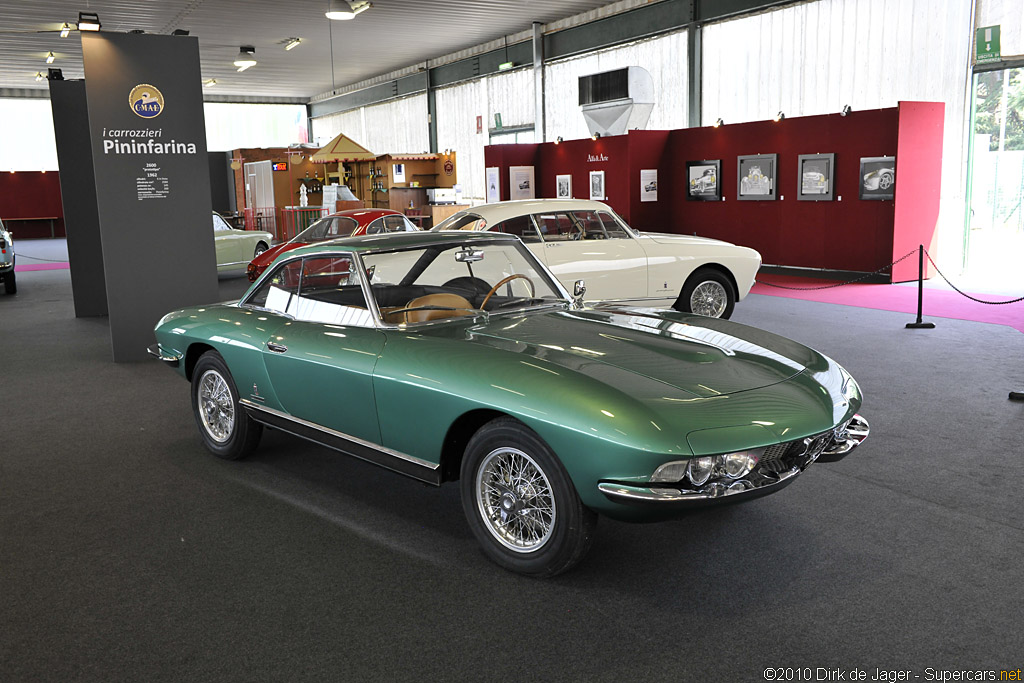
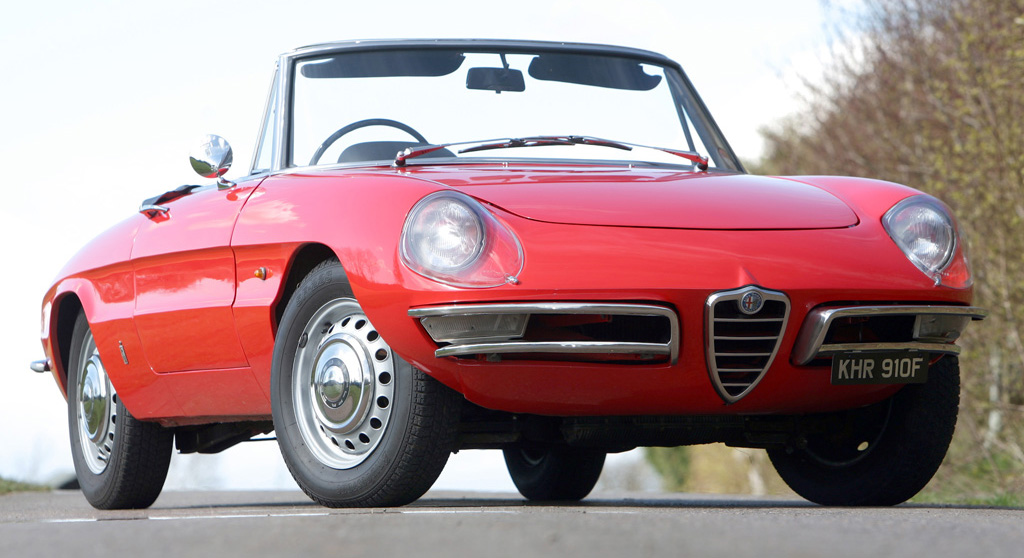
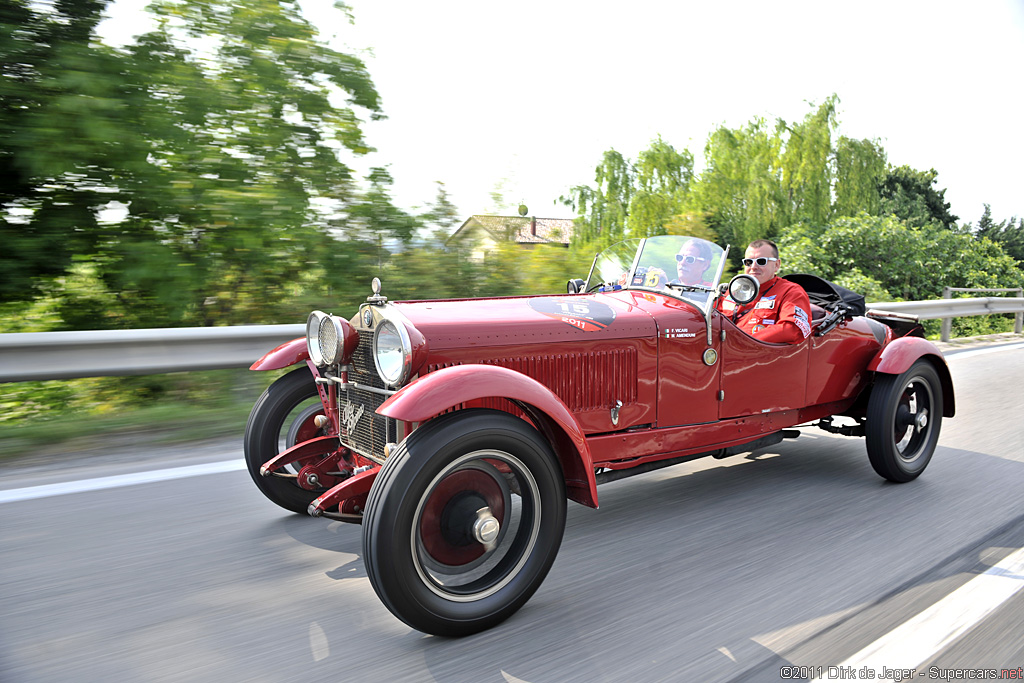
![alfa-romeo-alfasud-901-[93]](https://www.supercars.net/blog/wp-content/uploads/2016/06/alfa-romeo-alfasud-901-93.jpg)


